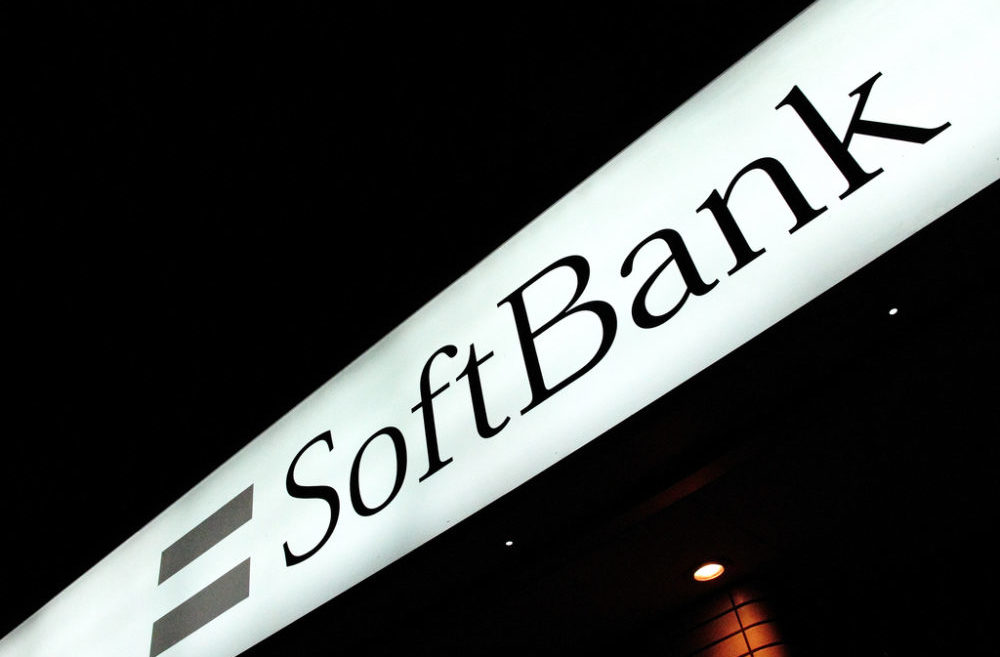Pokemon Go was massive hit and turns out it was a highly profitable venture as well. Marketing research analyst App Annie’s annual report stated that the game touched revenues of $950 million in 2016. Meanwhile, the statistics are not really as surprising for Pokemon Go as they would have been for any other game, considering that it managed to accrue over $470 million in revenues in its first 80 days since launch.
The game, which was credited with making youngsters go to temples which were Pokestops to collect points, also secured top rank in the monthly active users chart, and third in combined iOS/Google Play revenue, behind No. 2 Clash of Clans and No. 1 Monster Strike.
This was despite the fact that the game actually launched only in July 2016 and faced a ban in the highly populous country of China. It also faced a staggered launch and the massive load sometimes caused the servers to crash before the issue could be fixed.
AppAnnie believes that Pokemon Go’s “beloved intellectual property, simple mechanics, real-world augmented reality gameplay, and perhaps most of all, its social nature” were the core factors behind it’s runaway success and bringing attention to the Pokemon franchise’s glory days of a devoted fan base and catapulting Niantic, the maker of the game, into an league of it’s own. The fact that it prompted people to get off their couch to catch Pokemon of various type according to the location they were in was only an additional bonus.
The game had touched a whopping $800 million in consumer spend in 110 days, far quicker than any other game on the market. To put it relatively, Candy Crush Saga reached the milestone in more than 250 days, while Puzzle & Dragons and Clash of Clans respectively needed more than 400/500 days. And there’s no denying the fact that both of the aforementioned games had their own set of addicts.
The game itself incorporated a brilliant monetization strategy. As is the case with most free to play games, it has a virtual store wherein players can buy tools to enhance their game play and character. One of the most innovative virtual goods offered on Pokémon Go is called a “Lure” Module, which attracts a Pokémon to a PokéStop for 30 minutes. As you can guess, businesses who would’ve installed lure modules at their sites would’ve seen a significant increase in foot fall from players looking to ‘catch them all.’
App Annie also concluded that users did not stop using other application in order to play the game; instead they took out time separately for Pokemon Go. The game also managed to attract people belonging to various age groups and even non-gamers owing to it’s extremely simple game play.
The game, however did face serious backlash over controversies like people using lure modules to attract players and later robbing them among several other, similarly bizarre incidents taking over across the globe. A court case was filed in India against Niantic, arguing it shouldn’t use temples as Pokestops.
However, the key takeaway from the Pokemon storm is that AR can definitely be applied creatively to appeal to mass audiences. Also, the game was a breath of fresh air from the repetitive category grossing mobile games we’d been seeing from some time. And judging by the massive revenues it has managed to rake in, people are willing to get off their couches to play a mere game — provided you can make the game interesting enough.
The Tech Portal is published by Blue Box Media Private Limited. Our investors have no influence over our reporting. Read our full Ownership and Funding Disclosure →






